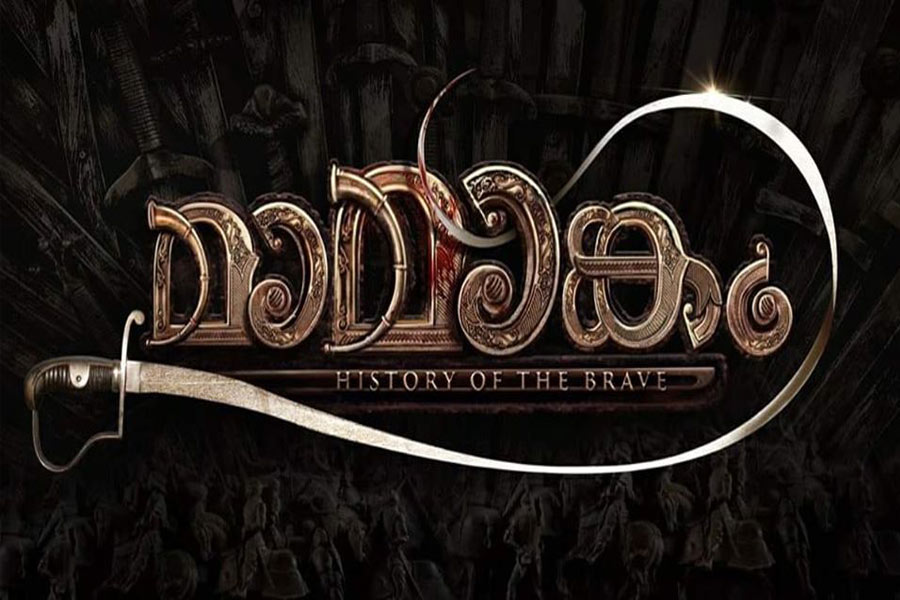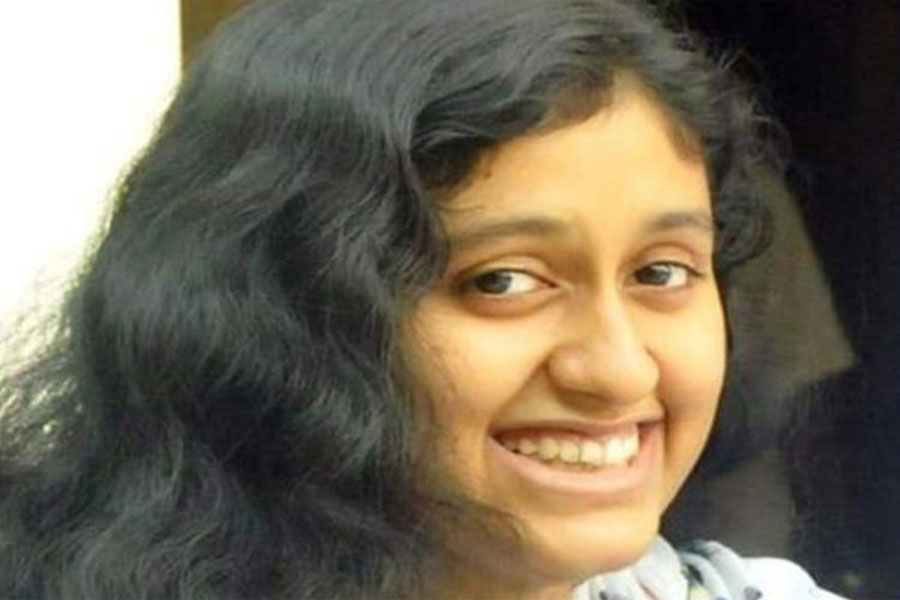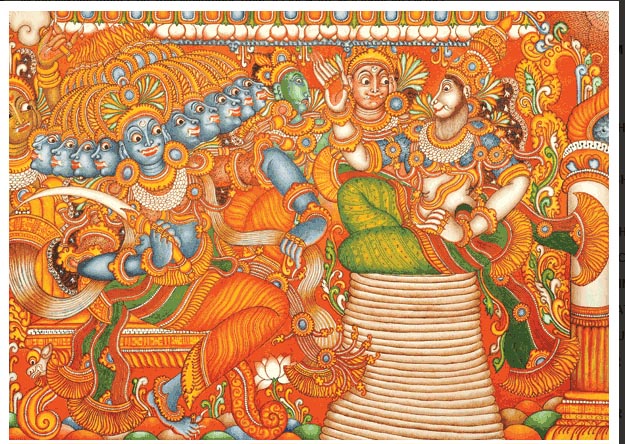The Prologue
The epic Ramayana has its genesis in a chance conversation between Maharishi Valmiki, the harbinger-poet of Sanskrit literature, and Narada, the modern-day equivalent of a smart, savvy PR practitioner.
Narada was a on a visit to Valmiki’s humble abode by the river Thamasa. During the course of their discussion, Valmiki asked Narada: “Is it possible that a perfect human being, a flawless one, exists on earth?”
To that Narada replied: “There are not many perfect men, but for sure, there is one man, and that is none other than Rama of Ayodhya.”
Narada then explained in detail about Rama to Valmiki. Later, along with his disciple Bharadwaj, he was pacing by the serene river bank when the peaceful sojourn was pierced by the heartrending cry of a crane.
It was bemoaning the death of his/her mate, killed by a hunter. The anguish that Valmiki poured out in words – as what is deemed as the first poem in the world.
Those lines, deriding the hunter for killing an unsuspecting bird, is also regarded as the first lines of Ramayana. Open to umpteen interpretations, yet lucid in its first appeal, the lines: “Maa Nishada Pratistham Tvamagamahsāsvati Samaa/Yat Kraunchamithunaadekam Avadhi Kaamamohitam,’ on the face of it, is an admonishment to anyone not to interrupt the love of anyone – be it bird, animal or man. And those who do so, will never find rest for eternity.
Of course, that is but a very simplistic explanation for the verses.
But for Valmiki it was also a moment of realization that he had in fact communicated to the hunter in a sloka that epitomized poetic perfection.
It was at this very moment that Lord Brahma, one of the trinity (the other two being Shiva and Vishnu) appeared before Valmiki. Brahma reassured Valmiki that indeed the sloka was perfection versified, and asked him to write the story of Rama in verses. He also assured that all that Valmiki needs to know of Rama and his life would come to his mind seamlessly, apart from blessing that Valmiki and his tale of Rama will live in the minds of people till the end of time.
So it is that Valmiki took up on the task of writing Ramayana, the first epic that has 24,000 solkas in seven cantos.
Valmiki was pondering whom he would entrust the task of reciting it, when he spotted Lava and Kusha (the twin sons of Rama, as we will soon learn). They learnt it by heart, and recited it to Valmiki, who was so pleased with the recital, he asked the children to take the tale of Rama to the world.
The sang the tale around until they reached the palace of Rama.
To be continued







